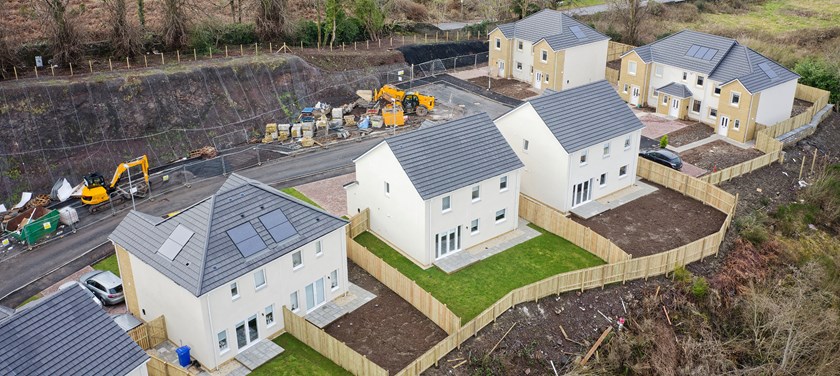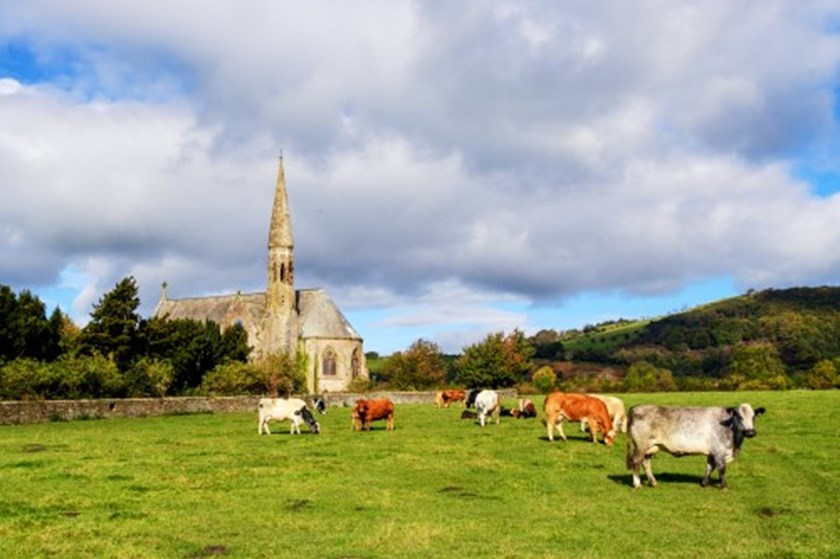Legal agreements for biodiversity net gain
Insight

After much toing and froing the Environment Act 2021 (Act) finally received Royal Assent at the end of 2021. The biodiversity net gain (BNG) sections may not be in force until 2023 and regulations will add important detail, but our thinking is developing on the legal agreements that may be required to deliver BNG.
BNG key aspects
Once the Act is in force all planning permissions (including national infrastructure projects) must deliver a 10 per cent gain in 'biodiversity value'.
The gain can be provided in three ways, individually or in aggregate:
- on-site habitat improvements (within the red line of the development area),
- off-site habitat improvements (on land outside the red line development area, for example a few miles away), and
- biodiversity credits (paying a sum to the planning authority in a similar way to a section 106 agreement).
Once delivered, the biodiversity works must be maintained for 30 years (maintenance period) (albeit the length may change under regulations).
Legal agreements
As BNG will be agreed as part of the planning application process, the local planning authorities will influence the form of the agreement (or, for complicated schemes, multiple agreements) to secure habitat improvements. Biodiversity credits should be simpler to deal with as no long-term commitments are likely to be required. Here are some of the terms a landowner may need to negotiate.
Parties
The simplest agreements may involve just you and the local planning authority but the developer will often need to join, potentially with the tenant, a funder and any broker who has brought the parties together.
Type of agreement
The Act envisages securing the on-site habitat enhancements for the duration of the maintenance period by means of a planning condition, a planning obligation or a conservation covenant.
Conservation covenants were mooted years ago as a way of making positive covenants run forever and they have been brought back to life by the Act. A landowner will be able to give permanent or time-fixed covenants (registered as local land charges to bind successors) to conservation organisations or public authorities to do certain works of public good. At least initially, local authorities may prefer to use section 106 agreements which they know and understand. If so, for off-site works planning authorities may seek works in their own jurisdiction to avoid the practical issues of having to deal with a second authority.
Ownership
You will usually expect to retain the freehold where off-site works are being carried out. For on-site works, you might have expected to sell the site as a whole to the developer but, if there could be a value in the BNG land at the end of the maintenance period, perhaps you should consider retaining the freehold of that land. If on-site BNG land is transferred to a developer it is likely a management company will be created to control the land, presumably funded by plot owners through the service charge.
Role of tenant
Do you want your tenant to provide and maintain the habitat works? If so, the tenant will need to be paid appropriately and you may need to wrestle with the age-old Agricultural Holdings Act 1986 (AHA) tenancy question of how a tenant can enter into a 30-year agreement when they only have a tenancy that runs from year to year. If not, you will need to check the tenancy terms to ensure the BNG land can be taken back. One question may be whether the proposed works are a non-agricultural use which entitle the landlord to possession under a resumption of part clause. Furthermore, for off-site works where the red line of the planning permission falls elsewhere (because the main development area is somewhere different), will there be a qualifying planning permission under Case B of the AHA?
Nature of developer's interest
Whether developers seek a formal interest in off-site land may depend on whether there are any implications for the developer if the landowner fails to perform. If there are (for example the developer can only build a set number of houses once certain works have been done), the developer may want a lease or, at least, some step-in rights. If not, developers should be content without a land interest.
Payment
We will need to see how the market evolves but some landowners will prefer a single payment up front and others regular, periodic payments (which might require additional security from the developer).
Nature of works
The BNG works need to be clearly identified. It may be better to have a detailed list of tasks to perform in particular years rather than specifying outcomes if outside factors, such as poor weather, could put you in breach.
Agreement length
You may want to limit the agreement to 30 years (assuming the maintenance period does not change) so you can take all the benefits afterwards. For example, if trees have been planted, you might take timber income.
Landowner’s permitted use of the land
To maximise revenue possibilities you will want to try to preserve the ability to enter into a later agreement over the same land but for a different use. For example, a first agreement to restore an area of woodland, retaining the option of selling carbon capture in the future under a different agreement (although this may not be possible for reasons explained in our Woodland – conditional exemption and environmental schemes article).
Enforcement
We have not yet had a steer from the planning authorities on the consequences of failing to carry out works. Covenant strength is likely to be a factor which should put you in a strong position. Insurance and bonds may be necessary.
Tax
If land comes out of agriculture for, say, the creation of a nature reserve, this may have implications on the availability of agricultural property relief for inheritance tax purposes.
Conclusion
Few BNG agreements exist, the relevant sections of the Act are not in force, supporting regulations are awaited and the approach the planning authorities will take is unknown – but we are watching developments with eagle eyes. Even if biodiversity credits become the norm, (so there is less need for 30-year agreements), long-term management agreements for the delivery of public goods will become increasingly common. If, say, the Environment Agency wishes periodically to be able to flood land to take the pressure off towns, or a water company has a programme to improve water quality, they will expect a long-term commitment from the landowner with management responsibilities.
In the meantime, maintaining an ongoing dialogue with your tenants remains as important as ever, watching particularly for opportunities to take land out of tenancies and the ability to break stewardship and other schemes, to ensure you preserve flexibility for the future.
Read the Rural Estates Newsletter Spring 2022 in full here.
If you require further information about anything covered in this briefing, please contact Paul Krafft or your usual contact at the firm on +44 (0)20 3375 7000.
This publication is a general summary of the law. It should not replace legal advice tailored to your specific circumstances.
© Farrer & Co LLP, January 2022







